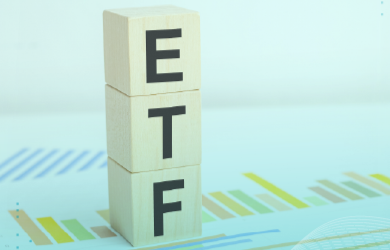The JPEX crypto fraud has shocked Hong Kong, involving over HK$1 billion with nearly a thousand people allegedly defrauded. The platform offered some products with advertised annual returns as high as 20%. In the current high interest rate environment, the stock market offers little upside, fueling demand for high-yield products. Even the recently launched green bonds from the government saw better reception compared to previous years. Aside from bonds, what other fixed income products are worth paying attention to now?
In the current high interest rate environment, anything yielding above the 4.5% yield of the 10-year US Treasury can be considered a high yield product. The government’s newly launched green bonds offered a 4.5% yield, higher than the 2.5% yield from the previous issuance. The minimum investment is only HK$10,000. Although 0.25% lower than this year’s silver bonds, they are open to eligible Hong Kong residents simply holding a Hong Kong ID card. Paid semiannually, it is no wonder they are in hot demand. But aside from bonds, REITs in the real estate sector offer yields as high as 7%, even more enticing to investors.
REITs Primed for Explosive Growth After Rate Hike Pause
REITs, or real estate investment trusts, are essentially publicly traded funds that own and manage income-producing real estate assets including residential, commercial, mall, retail, office, industrial, hospitality properties, and even parking spaces, markets, warehouses, hospitals, etc. Rental income after operating expenses is distributed to investors in the form of dividends.
Statistics show that since 1995, in the four instances when the US Federal Reserve stopped rate hikes, global REIT indices outperformed the MSCI World Index in all but 2018. In the three other occasions, average returns were 10.9% three months after rate hikes stopped, and a stellar 24.3% after one year, handily beating the broader market.
Link REIT is seen as representative of Hong Kong REITs, owning a portfolio comprising malls, markets, car parks, and office buildings. Its share price has trended down since the rights issue announcement earlier this year, plunging almost 40% in less than six months. Its CEO George Hongchoy even reduced his stake by 1,075,800 shares, pocketing about HK$45.6 million. Despite concerns that the CEO’s share sale signals worries about the business outlook, valuations of investment properties were bound to decline in a rising rate environment. Valuations of REITs still look attractive. Over the past 16 years, whenever Hong Kong rates rose by over 1%, REIT dividend yields narrowed 70% of the time, with returns exceeding 7%.
In Singapore, the largest Asian (ex-Japan) REIT market, 80% of REITs yields over 6% whenever interest rates rose by over 1%. The SGX lists more than 40 REITs with total market cap nearing US$80 billion.
Bullish on Industrial REITs
In the post-pandemic environment, office vacancy rates have climbed in many cities globally, with Hong Kong Grade A office rents in Central falling back to 2013-2014 levels. As such, residential and office REITs look less attractive relative to industrial REITs. According to Bloomberg data, as of August 2022, among major REIT indices, the residential and office segments returned 3.9% and -12.6% respectively year-to-date, while industrial REITs were up 8%.
For investors bullish on REITs, consider the FTSE EPRA/Nareit Asia ex-Japan REITs Index, comprising the highest yielding real estate investment trusts globally, with Singapore dominating at a 75% weight. Hong Kong follows at 13%, of which Hong Kong offices make up only about 2% of the index. Other countries include India, Malaysia, South Korea, etc. Retail, industrial and residential REITs account for 36%, 32% and 12%, respectively.
Learn more: https://www.nikkoam.com.sg/funds/nikkoamstraitstrading-asia-ex-japan-reit-etf-sgd-class





